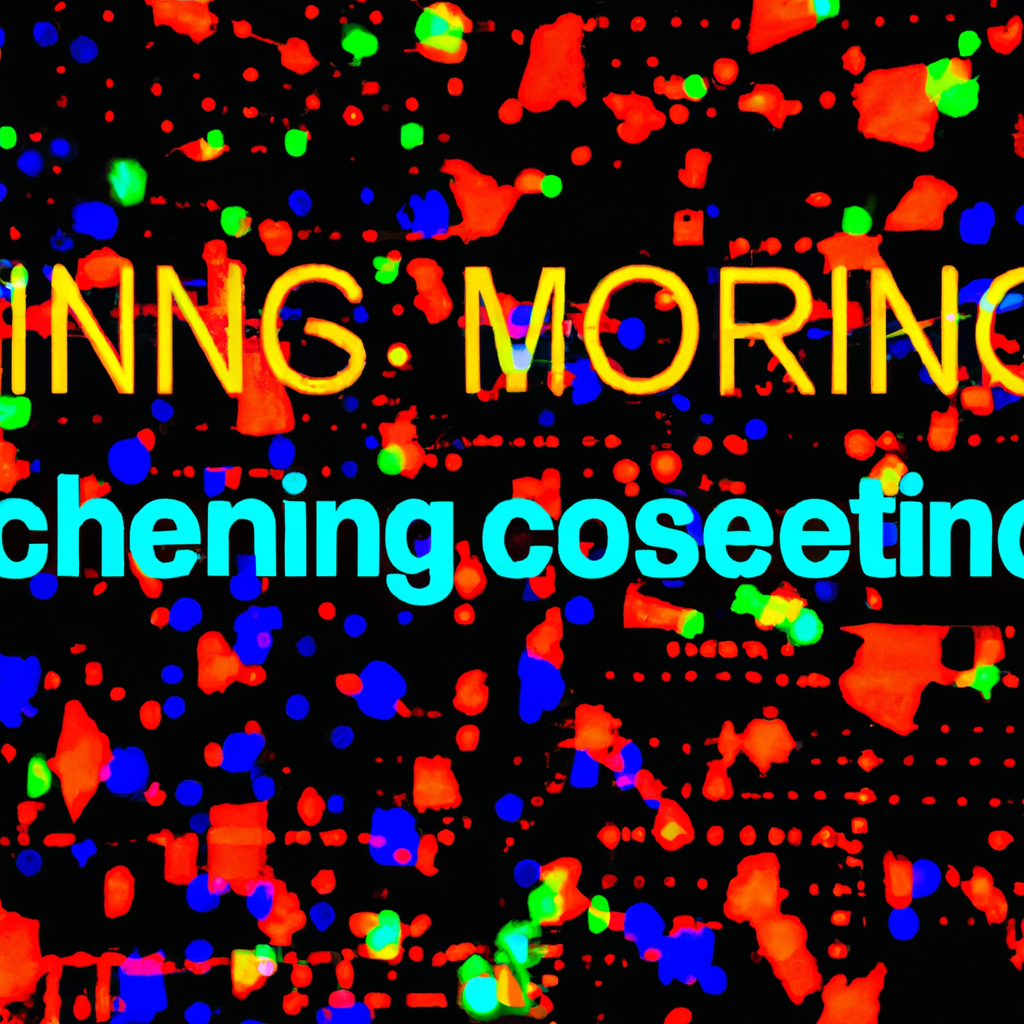Analyzing the Efficiency of Clustering Algorithms in Data Mining
Table of Contents
Analyzing the Efficiency of Clustering Algorithms in Data Mining
# Introduction
Data mining is a vital area in computer science that involves the process of discovering patterns and relationships within large datasets. Clustering algorithms are an essential component of data mining, as they enable the grouping of similar data points together, providing valuable insights into the underlying structure of the data. However, the efficiency of clustering algorithms is a critical concern, as the size and complexity of datasets continue to grow exponentially. This article aims to analyze the efficiency of clustering algorithms in data mining, focusing on both new trends and classic approaches, while utilizing an academic language.
# Efficiency Metrics in Clustering Algorithms
Before delving into the analysis of specific clustering algorithms, it is crucial to establish the efficiency metrics used to evaluate their performance. Three commonly used metrics in clustering algorithm evaluation are time complexity, space complexity, and clustering quality.
Time complexity refers to the computational time required to execute a clustering algorithm. As datasets increase in size, the time complexity becomes a crucial factor in determining the practicality of an algorithm. Algorithms with lower time complexity are generally preferred, as they can process large datasets more efficiently.
Space complexity, on the other hand, measures the amount of memory required by a clustering algorithm to execute. Similar to time complexity, algorithms with lower space complexity are desirable, as they can handle larger datasets without excessive memory consumption.
Clustering quality evaluates the effectiveness of a clustering algorithm in producing accurate and meaningful clusters. Various metrics, such as silhouette coefficient and Dunn index, are used to measure the quality of clusters generated by different algorithms. A higher clustering quality indicates that the algorithm successfully grouped similar data points together, while keeping dissimilar points apart.
# Classic Clustering Algorithms
Classic clustering algorithms have been extensively researched and implemented over the years. Two prominent classic algorithms are k-means and hierarchical clustering.
K-means algorithm is a centroid-based clustering technique that aims to partition the dataset into k distinct clusters. The algorithm iteratively assigns each data point to the nearest centroid, recalculates the centroids’ positions, and repeats the process until convergence. K-means algorithm has a time complexity of O(n * k * I * d), where n is the number of data points, k is the number of clusters, I is the number of iterations, and d is the number of dimensions. The space complexity of k-means is O(n * d), as it requires storing all data points and their respective cluster assignments.
Hierarchical clustering, on the other hand, is a bottom-up approach that builds a tree-like structure called a dendrogram. The algorithm starts by considering each data point as an individual cluster and gradually merges them based on their similarity. There are two main variations of hierarchical clustering: agglomerative and divisive. Agglomerative hierarchical clustering has a time complexity of O(n^2 * log(n)), while divisive hierarchical clustering has a time complexity of O(n^3). The space complexity of both variations is O(n^2), as they require storing the pairwise similarity matrix.
# New Trends in Clustering Algorithms
In recent years, new trends in clustering algorithms have emerged to address the challenges posed by large-scale datasets and complex data structures. These trends include density-based clustering, spectral clustering, and parallel clustering algorithms.
Density-based clustering algorithms, such as DBSCAN (Density-Based Spatial Clustering of Applications with Noise), are designed to discover clusters of arbitrary shapes and sizes. Unlike centroid-based algorithms, density-based algorithms do not require the number of clusters as an input parameter. The time complexity of DBSCAN is O(n log(n)), making it suitable for large datasets. However, the space complexity is O(n), as it needs to store the visited data points.
Spectral clustering is a graph-based clustering technique that utilizes the eigenvectors of a similarity matrix to partition the dataset. By transforming the data into a lower-dimensional space, spectral clustering can handle complex data structures more effectively. The time complexity of spectral clustering is O(n^3), while the space complexity is O(n^2).
Parallel clustering algorithms have gained popularity due to the increasing availability of parallel computing resources. These algorithms exploit the parallel nature of modern hardware, enabling the simultaneous processing of multiple data points. Parallel clustering algorithms, such as parallel k-means and parallel DBSCAN, can significantly improve the efficiency of clustering large datasets. However, their time and space complexity depend on the specific parallelization techniques employed.
# Conclusion
Efficiency is a crucial aspect of clustering algorithms in data mining. As datasets continue to grow in size and complexity, the time and space complexity of clustering algorithms become critical factors in their practicality. Classic algorithms like k-means and hierarchical clustering have been extensively studied and implemented, providing a solid foundation in the field. However, new trends in clustering algorithms, such as density-based, spectral, and parallel algorithms, have emerged to tackle the challenges posed by large-scale datasets and complex data structures. These new trends offer promising solutions to improve the efficiency and effectiveness of clustering algorithms. Researchers and practitioners must carefully consider the efficiency metrics discussed in this article to select the most suitable clustering algorithm for their specific data mining tasks.
# Conclusion
That its folks! Thank you for following up until here, and if you have any question or just want to chat, send me a message on GitHub of this project or an email. Am I doing it right?
https://github.com/lbenicio.github.io

